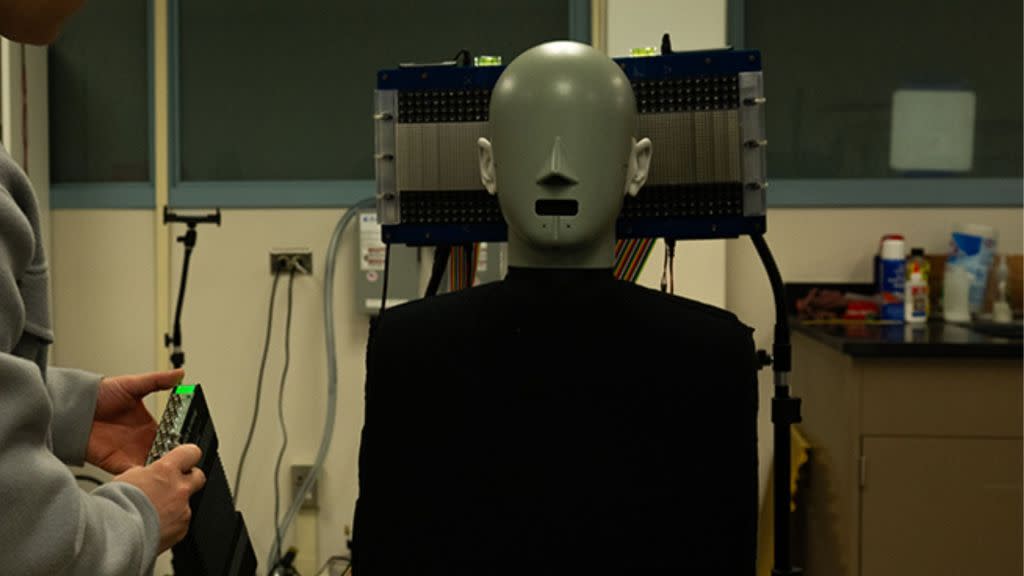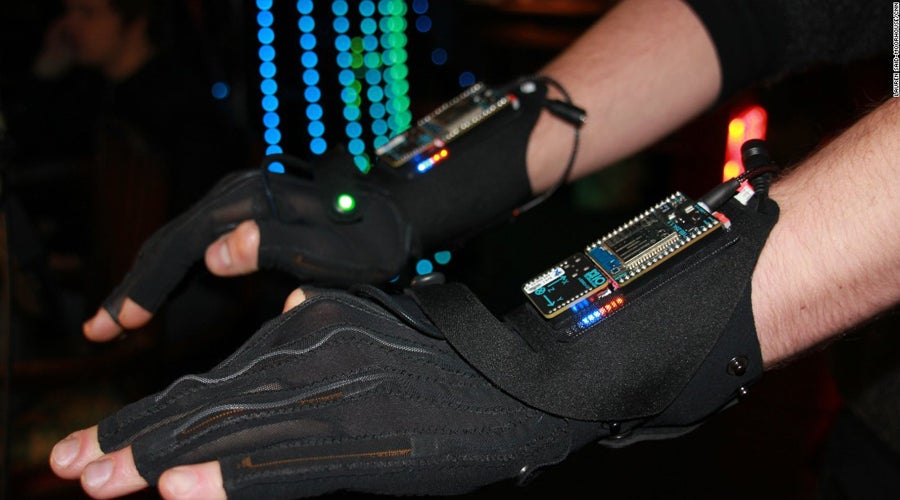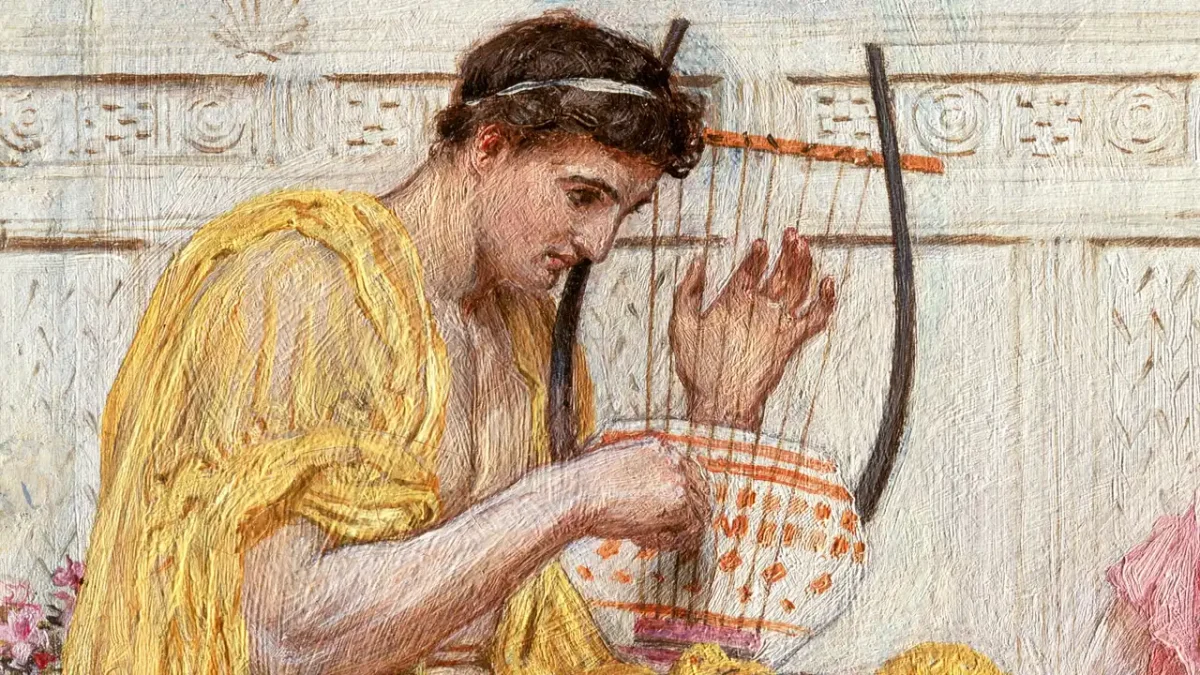Introduction
It doesn’t matter what kind of animator you area – as long as you can animate a living being, you probably know how to animate walk cycles. Walk cycles are one of the most fundamental aspects of animation, featuring at least two frames (number of images) to animate.
There are 4 important frames (though you could technically simplify it into 2), also called key poses. These are called: Forward contact point, first passing pose, back contact point, and second passing pose.
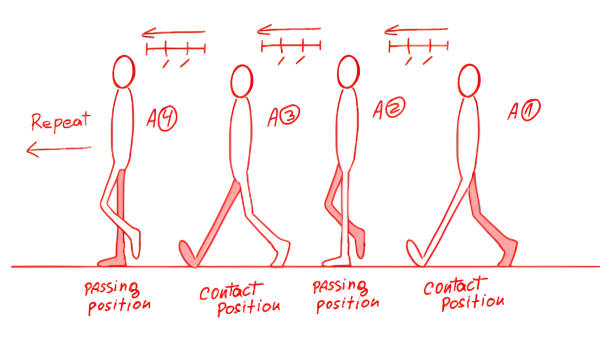
It doesn’t really look good, because it’s still too choppy. That’s why most people use at least 8 frames: First contact, down, first passing, up, second contact, down, second passing, and up.

Types of Walk Cycles
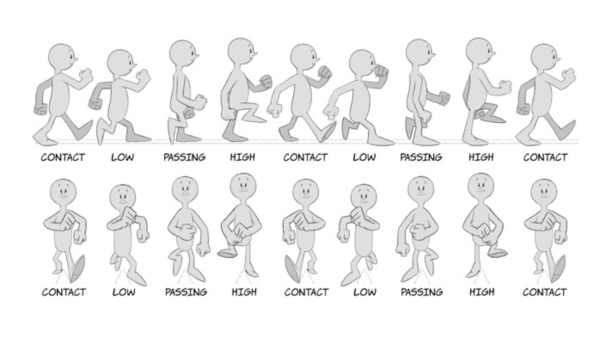
Walk cycles are used everywhere, from movies to indie games to simple animations. Even with all the AI and automatic algorithms surrounding animation, most walk cycles are still being animated manually. So of course, there will be a lot of different types of walk cycles, some 2D, some 3D, some complex, some simple, the possibilities are endless!
RELATED STORIES:
https://animationexplainers.com/walking-animation-for-beginners/
https://rustyanimator.com/walk-cycle-animation/
https://wherecreativityworks.com/rough-walk-cycle/
https://thinkinganimation.com/lesson-walk-cycles/
TAKE ACTION
There are many ways to get started on animating a walk cycle, or just animation in general. Here are some free softwares you can start animating with:
– Pencil2D




